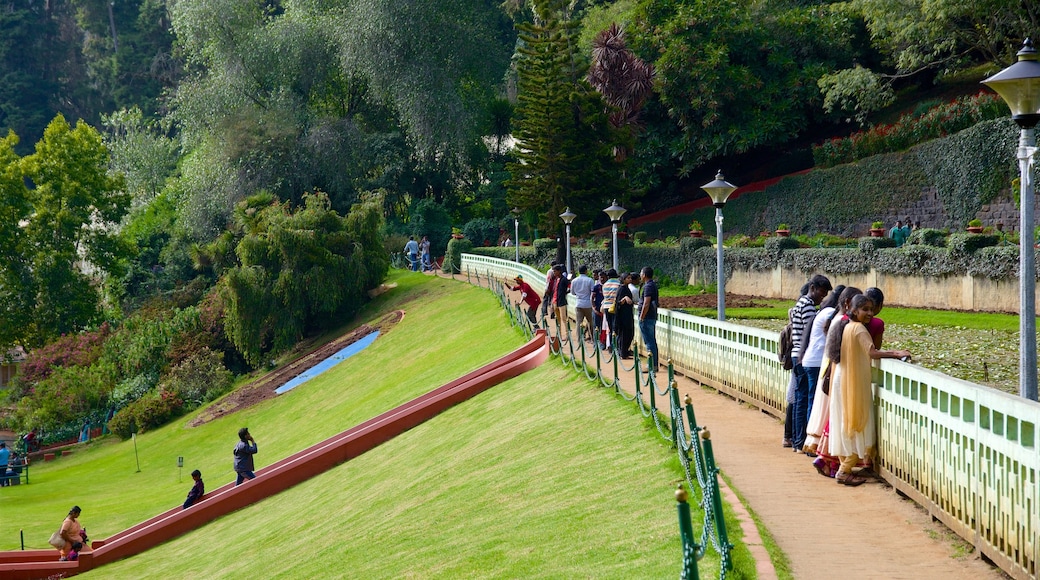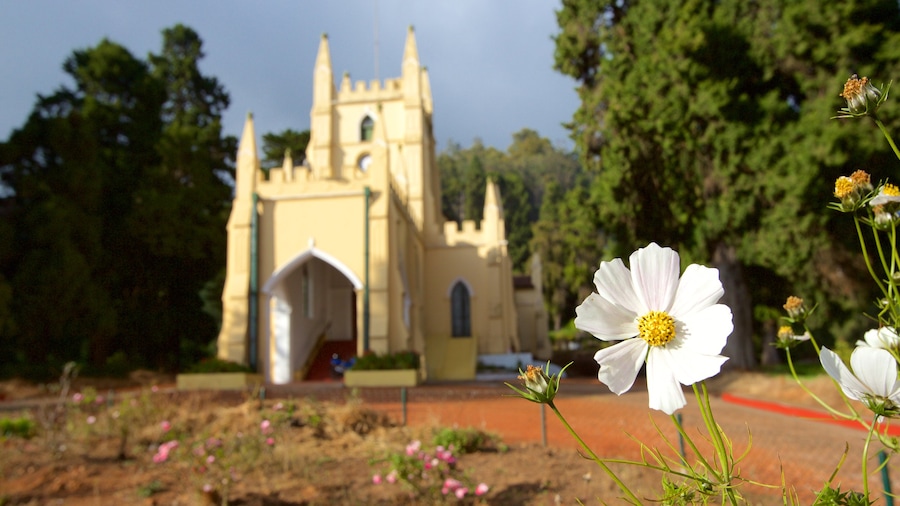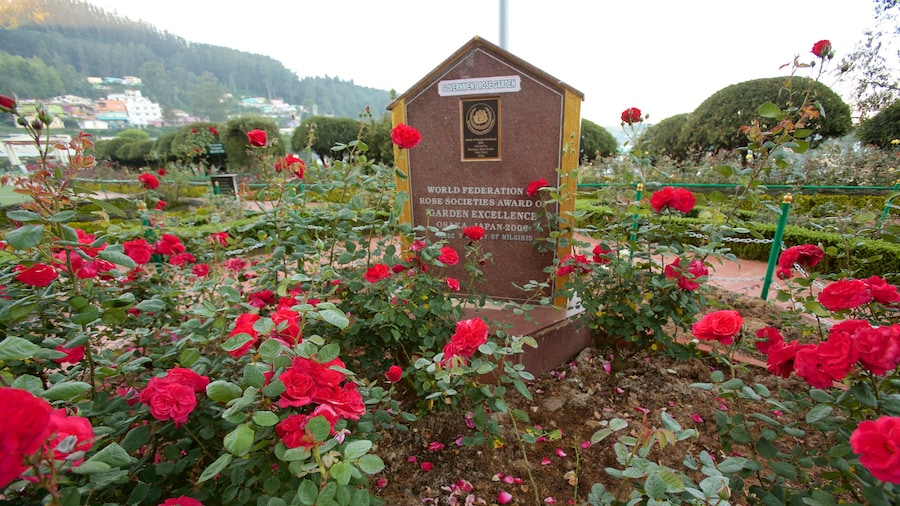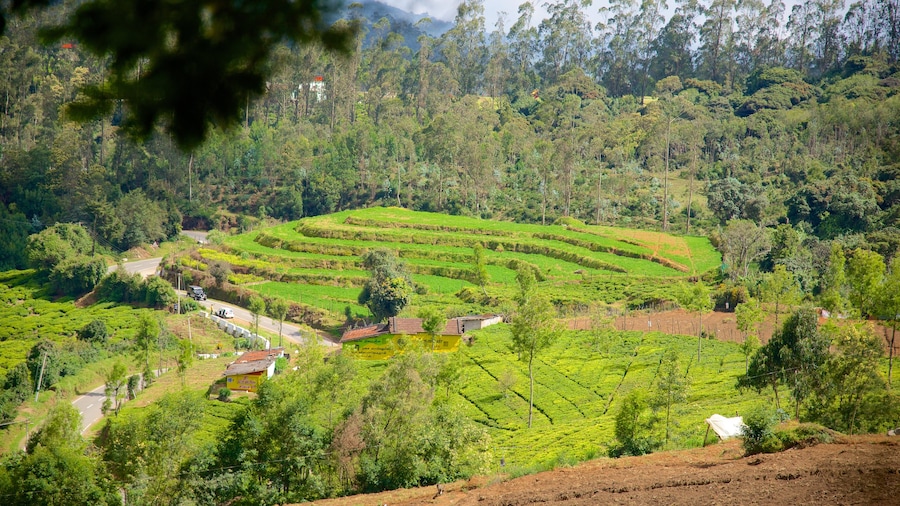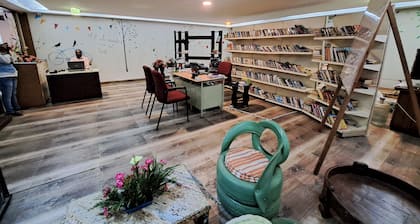Admire the intricate design of the Italian garden and a host of aquatic plant-life at Ooty Botanical Gardens. View a one-of-a-kind cork tree as well as a fossil of a tree trunk that is believed to be millions of years old.
Stroll through the lawns and along the paths that connect this 55-acre (22-hectare) park. Established in 1848 it was originally a vegetable garden that was used to supply food to the local people. Over time the local council amassed a magnificent collection of fauna and flora here and opened the garden to the public.
The garden is abundant with colossal trees with long, overhanging branches that create fantastic spots to sit on the grass and relax in the shade. Dotted between these giants you can find paperbark trees and a variety of cork tree that cannot be seen anywhere else in India. Another highlight is the aptly named monkey puzzle tree, so called as monkeys seem unable to ascend its trunk.
As you explore further, be ready to spot elegant bonsai plants and several species of rose that are scattered among the bright flower beds. You won’t want to miss the ancient fossil of a tree trunk. Set on a small podium, the locals will tell you that this is approximately 20 million years old.
Carry on to the lower part of the park where you will discover the Italian garden. Here a sparkling display of red, yellow, orange and purple is set in a circular shape around a small lily pond. Notice several forms of aquatic plants that sparkle in the sun as they float on the clear water.
Ooty Botanical Gardens are on the northern edge of the city on the lower slopes of Doddabetta Mountain. Get here by tuk-tuk or on one of the regular public buses that stop outside the entrance. The garden is open all day through the year and there is a small admission fee.
